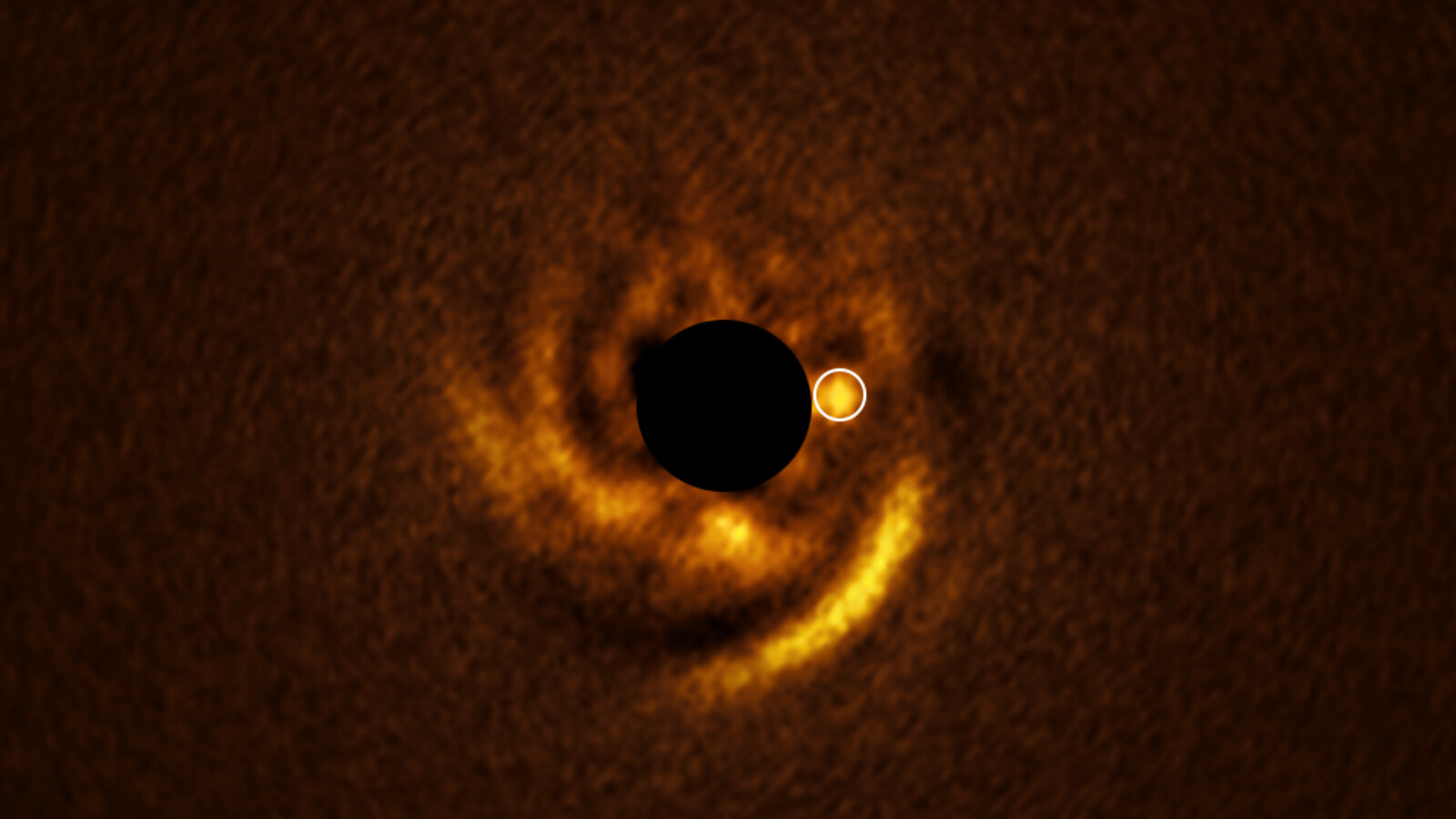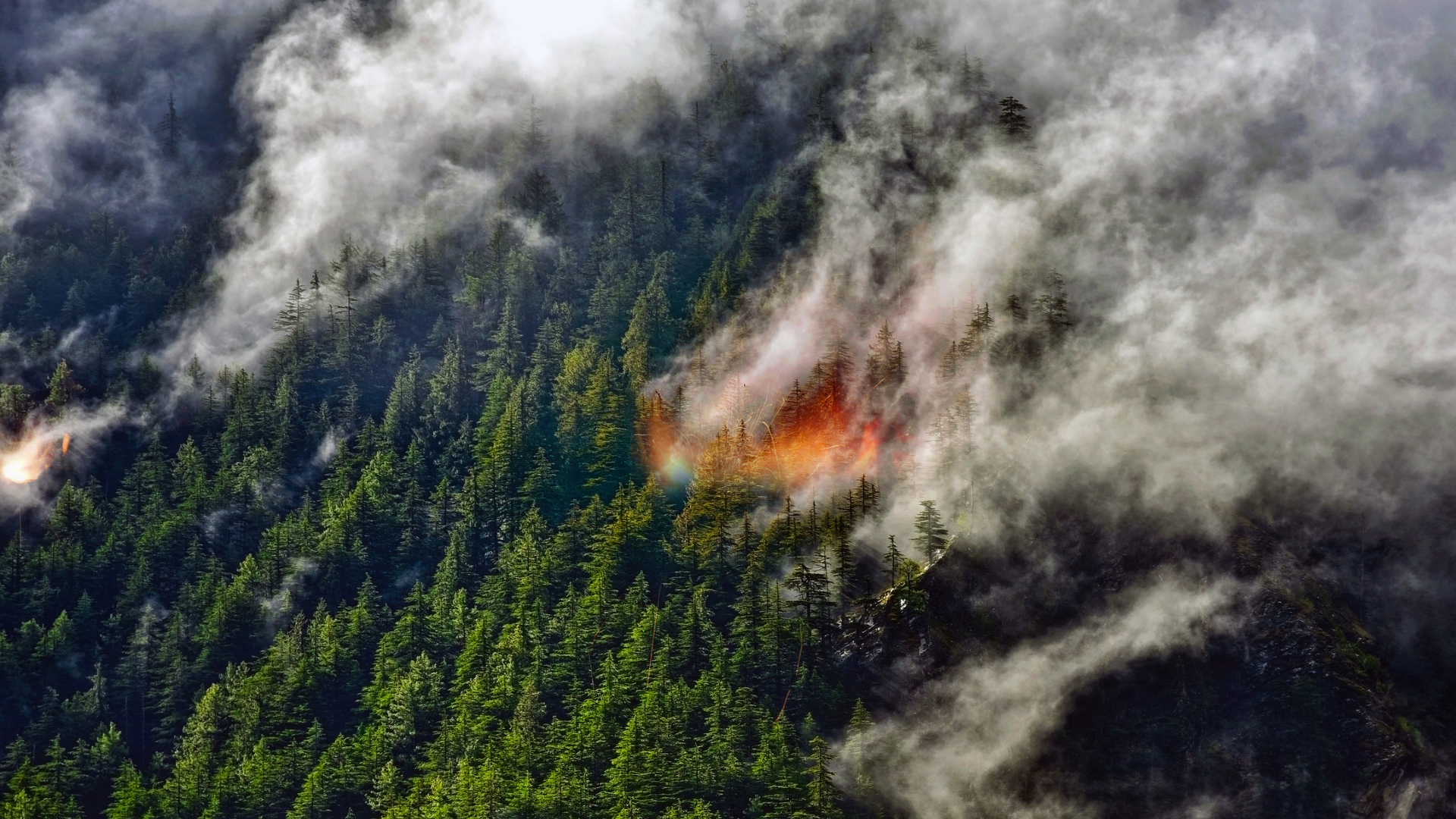ERIS spots spiral disc around young star | Space photo of the day for July 31, 2025
A possible planet may be carving the disc around the young star

Stars are born in clouds of dust and gas, and around them, planets slowly begin to take shape. Astronomers have long theorized how planets form from these swirling discs, but capturing this process in action is a rare and challenging process. Thanks to telescopes like the European Southern Observatory's Very Large Telescope (VLT), scientists are able to monitor what happens much more closely.
What is it?
Thanks to the VLT's ERIS (Enhanced Resolution Imager and Spectrograph) instrument, astronomers in Chile, where the Very Large Telescope is based, are able to see the young star HD 135344B in high resolution. With this technology, they have found that the spiral disc around the young star may be shaped by a candidate planet, or protoplanet, which is circled in white in the image.
Where is it?
The star HD 135344B is around 440 light-years away from Earth.
Why is it amazing?
In the image, the star HD 135344B is masked by a coronagraph, a tool used to block the light of a star to see what objects might be near it. Thanks to the coronagraph, astronomers were able to catch a bright spot, which they believe could be a young planet still forming within the spiral disc.
By continuing to monitor young star systems like this one, astronomers can better understand the processes that helped our solar system take shape.
Want to learn more?
You can read more about planet formation and the Very Large Telescope.
Breaking space news, the latest updates on rocket launches, skywatching events and more!
Kenna Hughes-Castleberry is the Content Manager at Space.com. Formerly, she was the Science Communicator at JILA, a physics research institute. Kenna is also a freelance science journalist. Her beats include quantum technology, AI, animal intelligence, corvids, and cephalopods.
You must confirm your public display name before commenting
Please logout and then login again, you will then be prompted to enter your display name.

